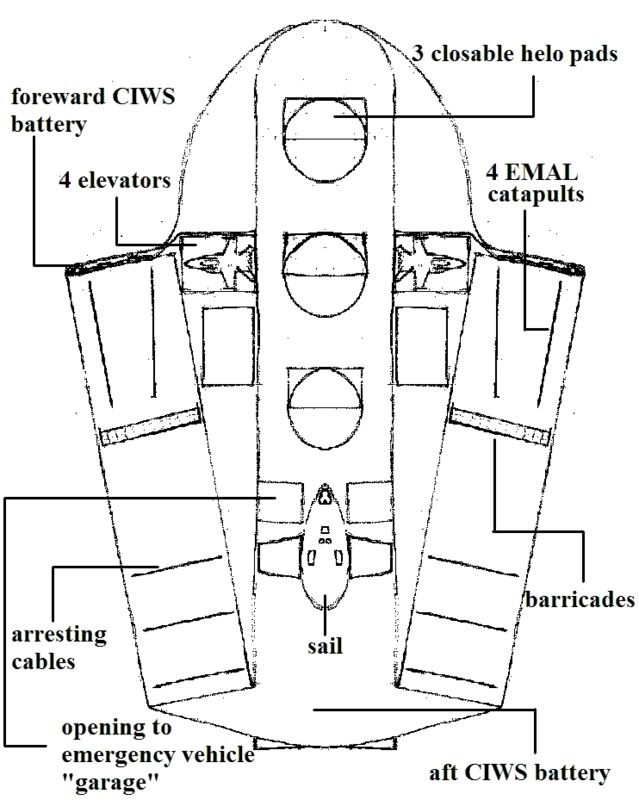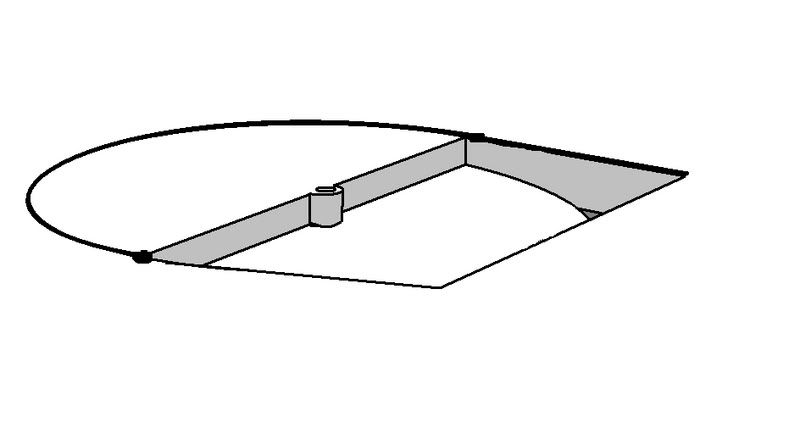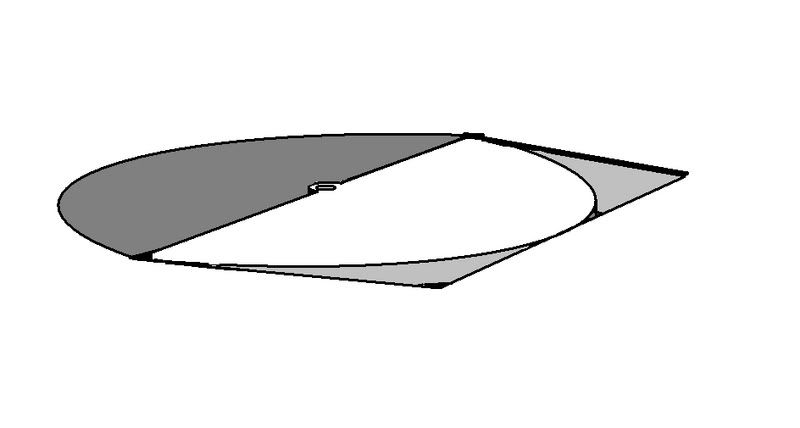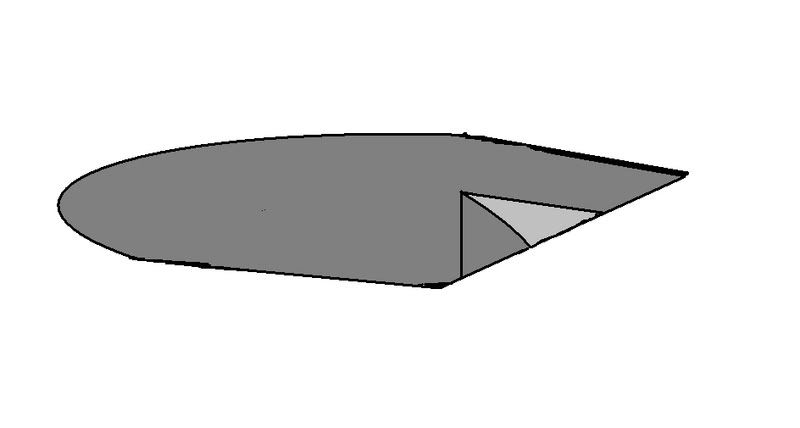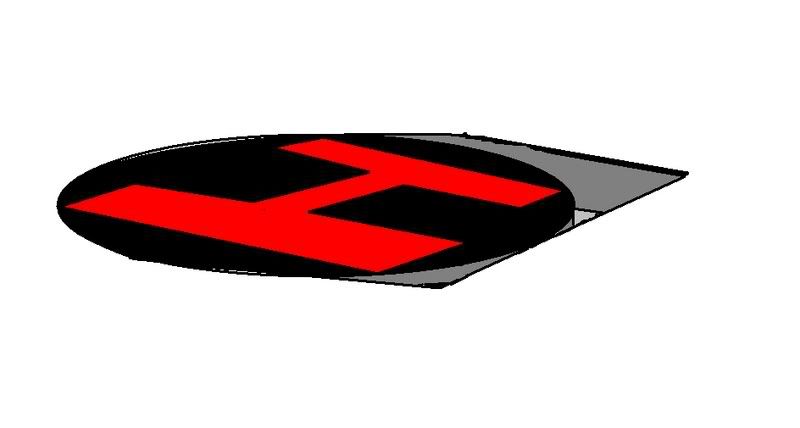Re: Great China VS U.S war book
Well, the aircraft would necessarily be landing in a verticle mode so that danger would not exist to the extent you are explaining. In fact, with a Veticle landing, several could land at one time. The design is also set up so that simultaneous launching and landing could occur with planes taking off with an emal assist forward while othes landed vertically aft, and were then conducted below decks using the aft elevator.My problem with your design, Mr. Head, is that it looks unecessarily dangerous for a plane landing on it.
I am sure you will be able to get it uploaded and really look forward to seeing it once you do.Unfortunately, I was unable to upload my design yesterday, but perhaps tomorrow will yield better results.

